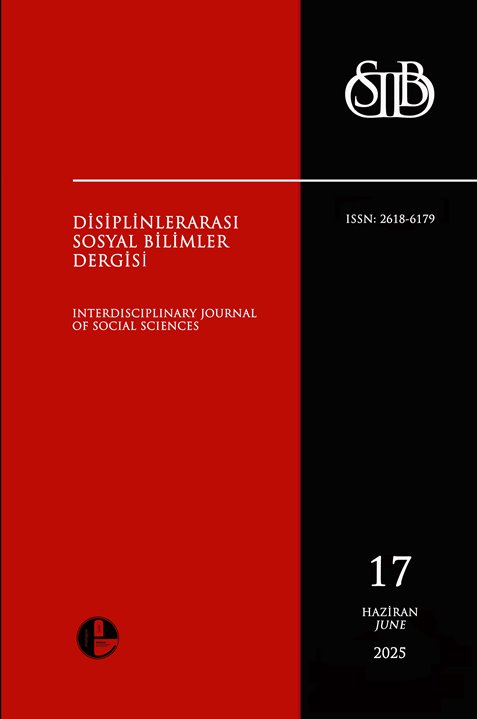Artistic Expression of Speed: A Reading through Painting and Poetry
DOI:
https://doi.org/10.5281/zenodo.15574741Keywords:
Painting and speed, poetry and speed, art and speed, Duchamp, Yahya Kemal, Tanpınar.Abstract
In this article, we explore how the artistic expression of speed, slowness, and movement in general can be conveyed through painting and poetry. We observe that the artistic expression of speed, slowness, and movement in poetry is possible in three main ways: through the regulation of the real temporal flow of sound, through descriptive and imagistic means, and through the stream of inner-time consciousness. We also see that the other two methods influence the stream of consciousness. In poetry, we experience these as a unified whole, yet we can also distinguish them concretely. We found that expressing absolute speed — even speed so fast it cannot be tracked by the eye — through depictions of movement is nearly impossible, or at least extremely difficult. This paradoxically leads us to the idea that speed can be expressed through stillness. What Tanpınar achieves in poetry, Duchamp achieves in painting. In painting, movement and speed are typically expressed through a composition that deceives perception — through illusion and evocation. Duchamp, however, adopts the opposite strategy: he expresses speed by presenting an impression of undistorted perception through a composition based on distorted perception, thereby attempting a third way. While the other works we examined express speed and movement by manipulating our perceptions and depicting something nonexistent as if it were real, Duchamp conveys speed in a much more realistic way — by depicting our perceptual experience when observing an object moving too fast for the eye to follow.
Downloads
Published
Issue
Section
License
Copyright (c) 2025 Habip Türker (Yazar)

This work is licensed under a Creative Commons Attribution-NonCommercial 4.0 International License.




